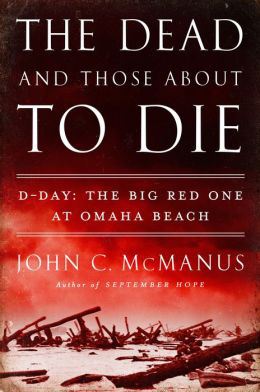I
just received the CH Omaha East/West Monster pack and thought I would do a
little review. So I ordered this on Friday and got it in on Monday, no joke.
Shipping was quick. The pack contains the rule sets in color for both Omaha
East and West, all of the scenarios and set up cards, a color landing craft
play aid that is really nice, and 27 map panels for Omaha West and 28 for Omaha
East. The map panels have very large hexes, maybe a good 50% large than the
standard hex size on my Omaha West 2nd edition paper maps. And the panels are
gorgeous... I mean they are really nice. Bright crisp color, no smearing or
other color imperfections. Here are some pics:
A close up of the map panels:
The package as it was delivered in the Priority Mail box.
Another view of one of the map panels:
Two shots of the map panels compared to the paper map in Omaha West. Note the larger size of the map panel hexes.
About 2/3 of the Omaha East map set up on my floor. This thing is huge! The map panels seem to fit together nicely, though not perfectly. But then again, this was a quick setup. Imagine Normandy at the squad level. Whew!

My
assessment: Was the Omaha Monster pack worth the $140 I paid for it? Well, I
think so, and here's why. I am a huge fan of D-Day and Normandy games, and
playing the invasion in ASL has a big appeal for me (no pun intended...).
Anyone who is familiar with the battle knows that the success of the invasion
was due to small units taking the initiative, overcoming incredible odds, and
all of the little victories adding up. What better way to play this than with
ASL?! The hexes are large, and the map is beautiful. The map panels do not
require trimming, and just in my preliminary and quick assembly, the alignment
was spot on. The assembly did take some time, as there is no chart and the maps
are not numbered, so you lay them out by the hex numbers. Being familiar with
the terrain also helped.
The
rules have a few places that are a bit confusing, especially in the landing
area. But I handle this like I handle all other decisions in life - study it a
little, then go with what you have. You can spend all of your time getting it
100%, or going with 85% and moving out. I prefer the latter. When I played
Omaha West, I'm sure I got some of the landing rules wrong, especially with
regards to the beach obstacles. So what! (Sacrilege, I know) but the game was
fun and it seemed to flow well.
Will
I ever play this whole thing at once? I actually hope so, but I don't see how. But
you can bet I will try!
Overall,
yes, it was worth the investment. Especially as a D-Day fanatic.















